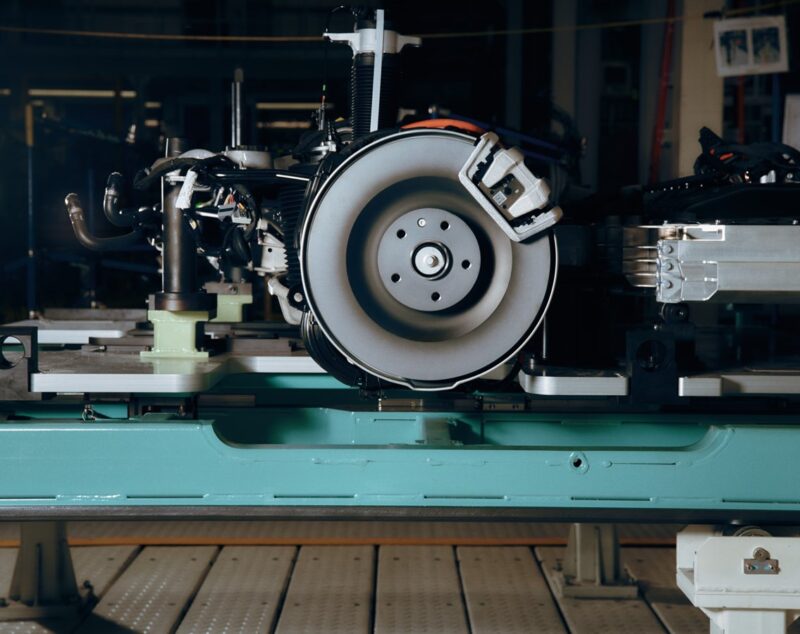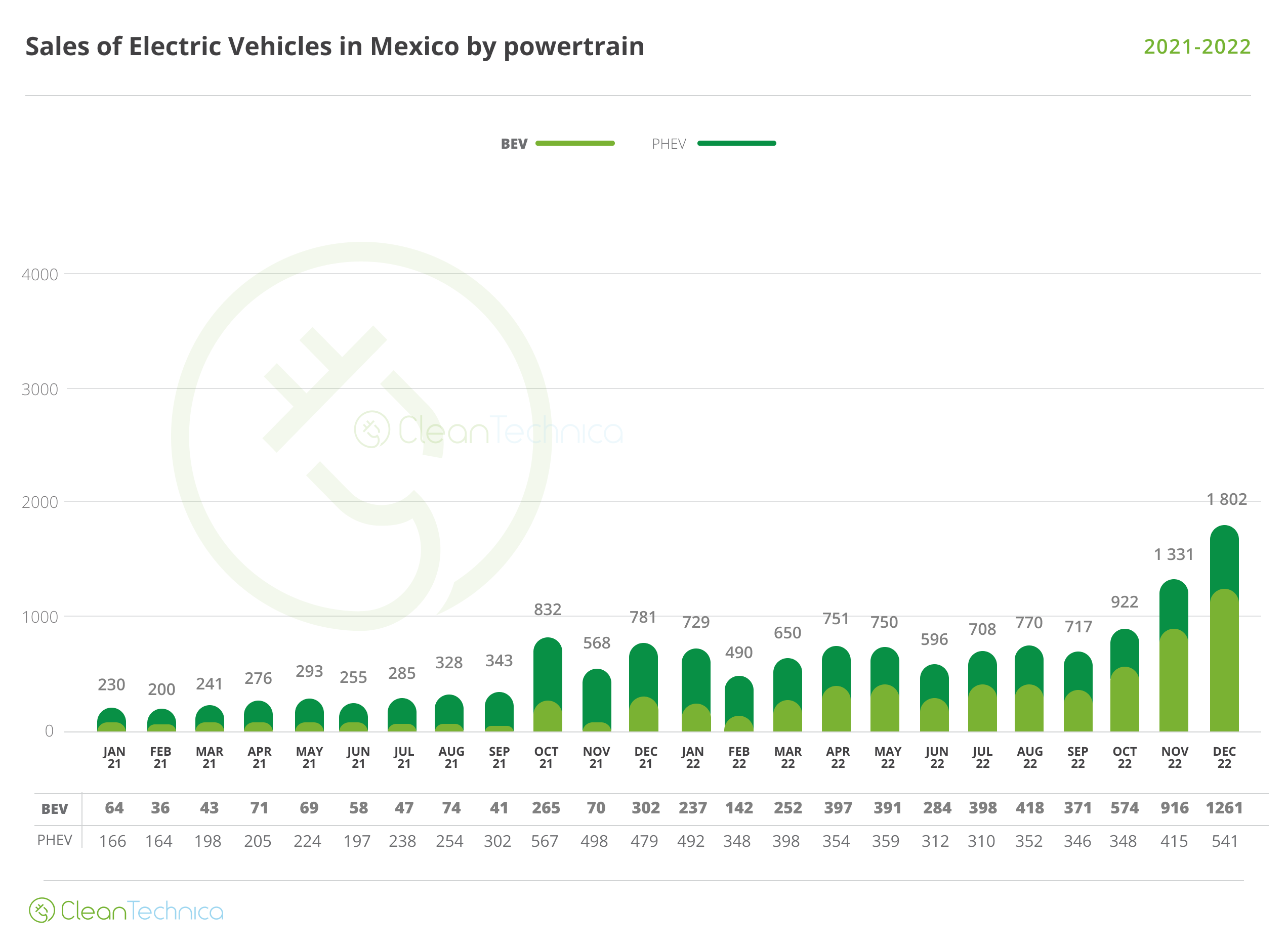Vale Base Metals in Canada took a big step forward recently with its Integrated Remote Operating Center (IROC) in Sudbury now servicing all five of its underground mines in Ontario which produce nickel, copper, cobalt and PGMs.
The miner stated: “Using digital technology, the IROC serves as an air traffic controller of sorts, continuously monitoring our underground operations (equipment usage, daily production) and providing real-time feedback and support. It’s another way we’re leveraging technology to ensure we’re a safe, reliable, best-in-class operator.”
A spokesperson at Vale additionally told IM: “Our integrated remote operating centre combines proprietary and off-the-shelf technology to provide a comprehensive view of productivity and overall mine performance. This allows supervisors, superintendents and managers to troubleshoot and adjust plans in real time across our Coleman, Copper Cliff, Creighton, Garson, and Totten mines.”
They added that to date it has observed notable productivity gains, including a significant increase in seat time across the five mines. Seat time refers to the hours that a piece of equipment is operated in a 10.5 hour shift.
The Ontario mines are accessed using a combination of shafts, declines, and internal ramps. Several mining methods are used across the five perations: open stoping (longitudinal, transverse, slot-slash); post-pillar cut-and-fill; narrow vein cut-and-fill; vertical retreat; uppers retreat and mechanised cut-and-fill. Each mine has a substantial history of which mining methods work best under various geological and geotechnical conditions. This production record is considered when selecting the mining method.
The ore and waste handling system varies at each mine. Ore can be transported using load-haul-dump vehicles to a central loading area or ore pass, and then trucked to an underground crusher, from where it is hoisted to surface; or, if the mine has decline access, it is trucked to surface. Most of the waste rock is used underground as fill, although some rock hoisting of rock can occur. Each mine has a ventilation system in place. Some ventilation circuits are shared with Glencore operations.
Vale Base Metals has a large fleet of mobile equipment consisting of approximately 650 units distributed between the operating mines depending on each mine’s operational requirements. The number of units for each mine changes over the LOM as development and production rates and haulage distances vary on an ongoing basis. The total production and development fleet consists of over 200 units, consisting of production drill jumbos, development jumbos, LHDs, haulage trucks, and specialty vehicles to load explosives.
Loading equipment includes both 7.2 t and 9 t capacity LHDs, although Totten has some 5.4 t units. Smaller 2.3–3.2 t LHDs are used as utility vehicles in all the mines. Haulage equipment includes 27 t, 36 t, and 45 t capacity haulage trucks. Coleman has six 45 t capacity electric trolley trucks working on a truck-priority haulage ramp.




